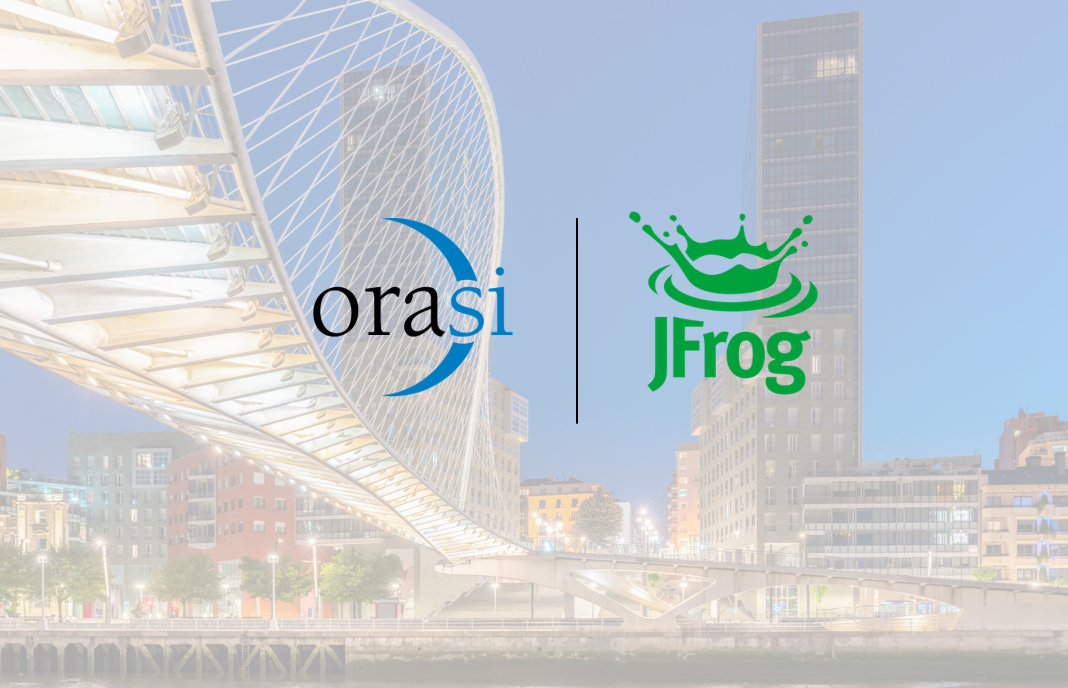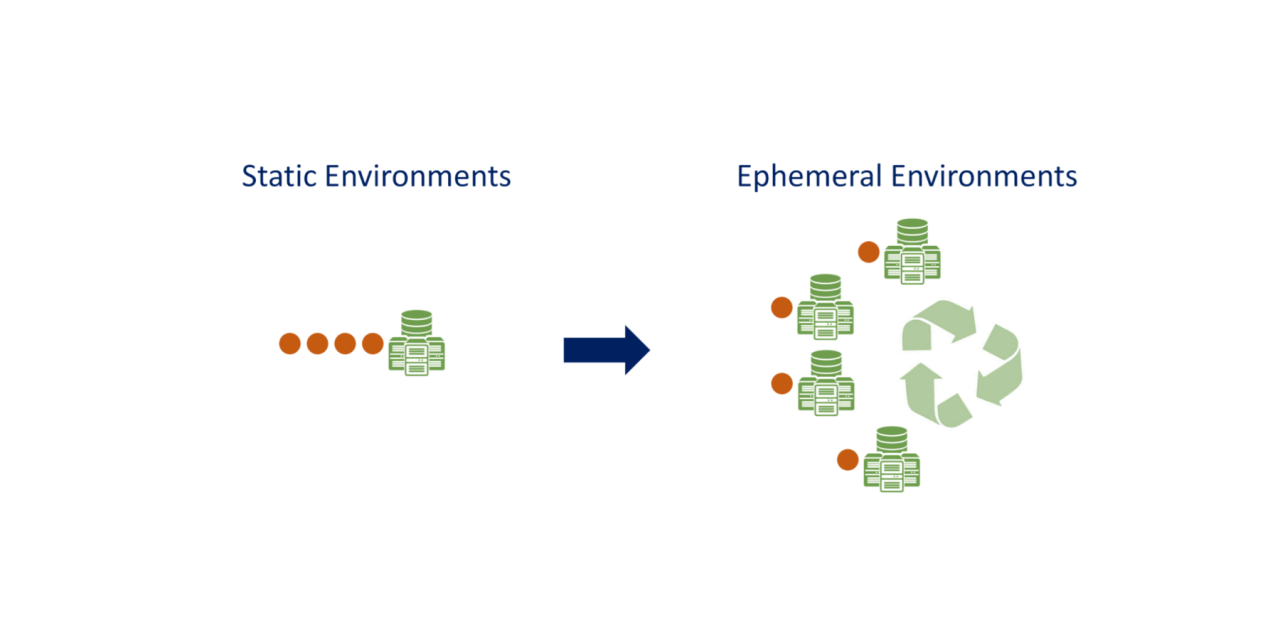By: Jim Azar, Sr. Vice President, CTO
DevOps focuses on the ‘now’. The entire idea of agility and speed hinges on how fast development and operations teams handle code changes without compromising on reliability, performance, delivery schedule, and stability. To balance this challenging juggling act, the DevOps team needs the CI/CD pipeline, i.e. Continuous Integration and Continuous Delivery. The key word here is ‘continuous’. This underlines a set of principles, culture, mindset, and approach, which continuously embraces every scenario and demand. CI and CD make it possible.
What is Continuous Integration (CI)?
Continuous Integration affects the coding part wherein developers can be ready for even the smallest of changes and implement them ‘on the go’. This entails frequent version-control checks and to validate and integrate these changes instantly. Continuous Integration brings consistency, automation, and resilience even in the toughest of scenarios. It ensures that the code keeps building and keeps adapting to critical needs, but in an integrated way. Continuous Integration brings in repeatability and assurance in the process with the proper use of automation.
Continuous Delivery (CD) picks up the changes made and integrates them into the Continuous Integration phase and passes them on to the infrastructure environments. Continuous Delivery gives developers the confidence that the changes and code will find their way into the production anytime they want. It is again an automated and swift way of stitching the changes well towards the production environments. This is where one needs Continuous Deployment.
CI with Continuous Delivery (CD)
Continuous Deployment ensures that builds pass the CI/CD pipeline and are deployed correctly and in a timely manner to production set-ups. Also, the testing is streamlined throughout the chain and becomes automated. It augments the Continuous Delivery part by using rigorous test suites and tools – and, hence, by automatically deploying the builds that have passed the testing cycle.
When all these three elements come together, it leads to a harmonious rhythm where developers can submit code changes to a repository frequently (sometimes daily or hourly). It spots any quality issues or gaps efficiently and effectively. It also removes redundancy so that multiple developers do not end up working on the same piece because the commit cycles have been shortened and collaboration is deepened.
Time for Continuous Deployment (CDE)
The final impact is visible in tangible and intangible ways. For example, we see faster code development, automated testing, and integration, better deployment frequency, better Mean Time to Recovery (MTTR), and Mean Time to Repair (MTR), along with a user-centric application that has been built in a stable and smooth manner.
This approach also removes isolation in feature development, cuts down integration costs, helps quickly discover conflicts, promotes timely feedback, and maintains overall alignment with functionality. It also allows for separating deployment and release, so that real-life conditions are simulated and matched, but without risking actual exposure to the user unless everything is thoroughly checked and ready. Continuous Deployment underlines every aspect with a fluid approach that leads to the intended speed and quality in the software – no matter where and how much it is changed.
All three facets are now critical levers that enable DevOps. They empower applications with the speed, agility, and quality assurance that have become so crucial in the digital age. Use them to speed up your applications in the fast lane with the right solutions and sit back to enjoy the view.



